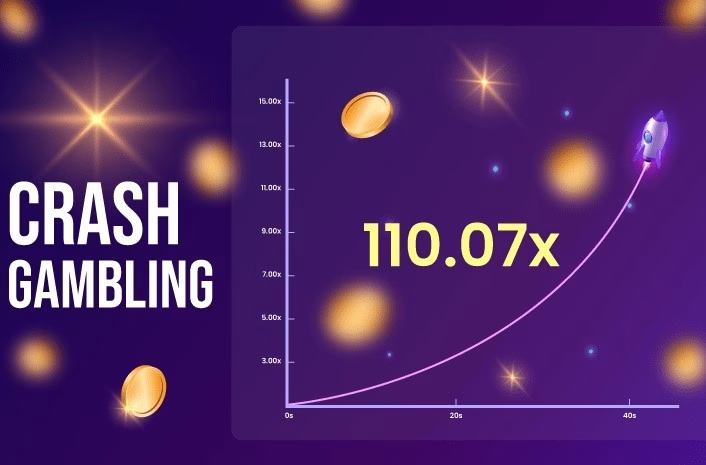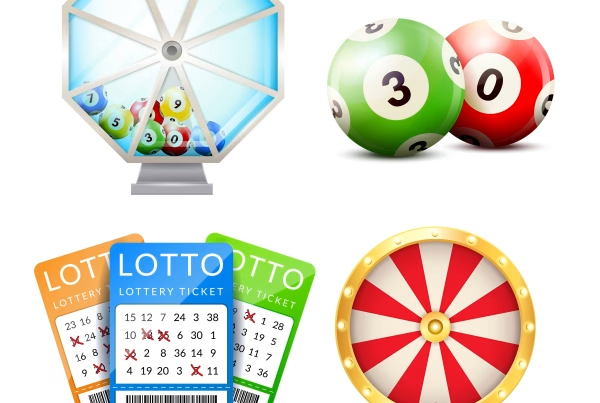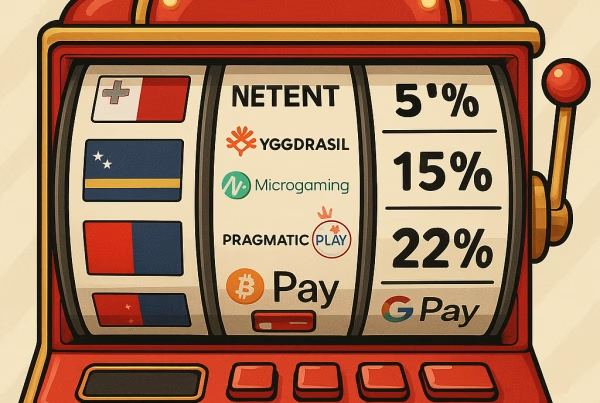Executive Summary
Crash gambling represents one of the fastest-growing segments in online casino gaming, characterized by simple mechanics, rapid session velocity, and strong player engagement metrics. For investors, operators, and acquirers evaluating crash game assets or platforms, understanding the underlying mathematical framework is essential for accurate valuation, competitive positioning assessment, and revenue forecasting. This analysis provides a technical breakdown of crash game economics, probability structures, and commercial implications for M&A decision-making.
Core Game Mechanics and Algorithm Architecture
Crash games operate on a straightforward premise: players wager on an ascending multiplier that begins at 1.00x and increases until a randomly determined “crash point.” Success requires cashing out before the crash occurs. The multiplier progression and crash timing are governed by provably fair Random Number Generator (RNG) algorithms—a critical technical and compliance component that determines both game integrity and regulatory acceptability.
The provably fair system generates crash points through encrypted hash functions derived from server seeds and client seeds, establishing the outcome before each round commences. This architecture enables post-round verification by players, providing transparency that traditional RNG systems cannot match. For acquirers, the sophistication and verifiability of the provably fair implementation represents core intellectual property and a regulatory risk mitigation asset.
Due Diligence Consideration: Verify that the target’s provably fair algorithm has been independently audited and that the platform provides accessible verification tools. Platforms unable to demonstrate mathematical fairness face increasing regulatory scrutiny and reputational risk.
Return to Player (RTP) as Primary Valuation Differentiator
RTP—the percentage of total wagers returned to players over time—typically ranges from 97% to 99% in crash games. The inverse figure represents house edge: a 98% RTP game carries a 2% house edge. This seemingly small variance has profound implications for competitive positioning and unit economics.
Win Probability by Multiplier Target
Win probability follows the formula:
P(win) ≈ RTP ÷ Target Multiplier
This relationship creates a predictable risk-return spectrum:
| Target Multiplier | Win Probability (97% RTP) | Win Probability (99% RTP) |
|---|---|---|
| 1.5x | 64.6% | 66.0% |
| 2.0x | 48.5% | 49.5% |
| 5.0x | 19.4% | 19.8% |
| 10.0x | 9.7% | 9.9% |
| 50.0x | 1.94% | 1.98% |
Commercial Insight: Higher RTP products deliver marginally better player outcomes, which translates to improved customer acquisition economics and lower churn rates. In commoditized crash game markets, top-tier operators (BC Originals, Lite Crash) leverage 99%+ RTP as a competitive moat against mass-market alternatives at 97% RTP.
Expected Value and Long-Term Economics
All crash game betting strategies produce negative expected value (EV) for players due to structural house edge. The EV formula:
EV = (Net Win × P(Win)) – (Stake × P(Loss))
A $10 wager targeting 2.0x in a 97% RTP game yields:
- Net Win: $10 (stake returned plus profit)
- Win Probability: 48.5%
- Loss Probability: 51.5%
- EV = ($10 × 0.485) – ($10 × 0.515) = -$0.30
This -$0.30 EV represents the mathematical house advantage per $10 wagered—precisely equal to the 3% house edge. Over millions of rounds, this structural advantage ensures operator profitability regardless of short-term variance.
Investment Implication: While negative player EV is inherent to casino gaming, understanding the precise mathematical framework enables accurate GGR forecasting. Platforms with consistent EV enforcement demonstrate strong game integrity and predictable revenue streams.
Instant Bust Mechanism and House Edge Enforcement
A distinguishing feature of crash games is the “instant bust” at 1.00x, where the multiplier crashes immediately, resulting in total loss for all players in that round. This mechanism serves as the primary enforcement tool for house edge, though the exact instant bust probability is configured by developers as part of the overall probability distribution designed to achieve target RTP.
Technical Note: Instant bust probability is not directly equal to house edge (e.g., 3% house edge ≠ 3% instant bust rate). The actual figure is calibrated across the full spectrum of possible crash outcomes to deliver the intended RTP over time.
Product Features and Player Retention Engineering
While crash game mechanics are fundamentally commoditized, feature sets differentiate products and drive engagement metrics critical to LTV calculations:
Auto-Cashout and Discipline Enforcement
Allows players to pre-set target multipliers, removing emotional decision-making and enabling disciplined play strategies. From an operator perspective, this feature increases session length by reducing tilt-driven bankroll depletion.
Multi-Bet Hedging Architecture
Enables placement of two independent wagers per round with separate cashout settings. Sophisticated players use this for risk management: one bet targets low multipliers (1.2-1.5x) for consistent base returns while the second pursues higher-risk opportunities (5-10x+). Multi-bet functionality increases average bet size per round while providing players with psychological loss mitigation.
Autoplay and Bankroll Velocity
Automates betting sequences across multiple rounds, increasing hands-per-hour metrics and accelerating bankroll cycling. While this elevates GGR per user, it also compresses session lifespan—a double-edged sword requiring careful calibration in game design.
M&A Perspective: Platforms with sophisticated feature engineering (trend charts, odds calculators, strategy copying tools) demonstrate product maturity and stickier user bases, warranting premium valuation multiples relative to basic implementations.
 Bonus Economics and Effective RTP Analysis
Bonus Economics and Effective RTP Analysis
Crash gambling platforms frequently deploy bonuses (free bets, deposit matches) to acquire and retain users. However, wagering requirements fundamentally alter the economic proposition through the formula:
Effective RTP = 1 – (Wagering Requirement × House Edge)
For a $100 bonus on a 99% RTP game (1% house edge):
| Wagering Requirement | Effective RTP | Economic Outcome |
|---|---|---|
| 10x | 90% | Positive value |
| 20x | 80% | Moderate value |
| 50x | 50% | Breakeven risk |
| 100x | 0% | No real value |
| 120x | -20% | Guaranteed loss |
Strategic Insight: Platforms imposing 50x+ wagering requirements either lack sophisticated bonus economics understanding or deliberately pursue player-hostile monetization. Both scenarios represent valuation concerns—the former indicating operational weakness, the latter suggesting unsustainable customer relationship management and elevated regulatory risk.
Competitive Landscape and Product Positioning
The crash game market segments along RTP and feature sophistication axes:
Premium Tier (99%+ RTP)
- Lite Crash (99.02%, Betfury Originals)
- BC Originals Crash (99%, BC Originals)
- Crash Shuffle (99%, Shuffle Originals)
Mid-Tier (98-98.5% RTP)
- ThunderCrash (98.50%, Qora Games)
- Crash Rocketpot (98.50%, Rocketpot Originals)
- Blast (98%, Bitsler)
Mass Market (97% RTP)
- Aviator (97%, Spribe)
- JetX (97%, SmartSoft Gaming)
Acquisition Strategy Consideration: Premium-tier operators accept marginally lower house edge (1% vs. 3%) in exchange for superior customer acquisition and retention economics. Mass-market products maximize per-user extraction but face higher CAC and churn. The optimal positioning depends on target customer segment and overall platform strategy.
Volatility, Risk of Ruin, and Bankroll Management
Crash games exhibit high volatility, particularly when players target elevated multipliers. The “Risk of Ruin”—probability of catastrophic bankroll loss—increases exponentially with target multiplier and bet sizing.
Industry best practices recommend:
- 1-2% bet sizing: Limits per-round exposure to 1-2% of total bankroll, extending session longevity and reducing premature churn
- Stop-loss limits: Pre-defined maximum loss thresholds prevent revenge-betting behaviors that damage LTV
- Take-profit targets: Discipline mechanisms that lock in winning sessions, improving player satisfaction and long-term engagement
Operator Perspective: Platforms that actively educate users on bankroll management paradoxically improve monetization by extending player lifespan. Aggressive extraction strategies yield short-term GGR spikes but erode LTV through accelerated burnout.
Regulatory Framework and Market Access Strategy
Crash game legality varies significantly by jurisdiction:
Restricted Markets (e.g., Most U.S. States)
Traditional online casino models face prohibition. However, sweepstakes and social casino frameworks provide legal on-ramps, enabling crash game deployment without gambling licenses. This regulatory arbitrage represents substantial strategic value but carries tail risk if legislative environments tighten.
Licensed Markets (e.g., UK, Malta, Curaçao)
Full licensing enables unfettered operation but requires compliance with responsible gaming mandates, KYC/AML protocols, and player protection standards. Platforms must implement deposit limits, self-exclusion tools, and problem gambling support infrastructure.
Due Diligence Imperative: Assess target’s licensing portfolio, jurisdictional compliance posture, and responsible gaming infrastructure. Regulatory risk increasingly impacts valuation as enforcement intensifies globally.
 Fraud Ecosystem and Brand Protection Requirements
Fraud Ecosystem and Brand Protection Requirements
The crash game sector faces a parasitic “predictor app” scam ecosystem—fraudulent tools claiming AI-powered crash point prediction. These range from simple money-grabs to sophisticated malware and phishing operations targeting player credentials and wallet keys.
Reputational Risk: Legitimate operators must invest in player education, brand protection, and security awareness to combat association with scam tools. Failure to address this ecosystem creates liability exposure and user trust erosion.
Investment Thesis Framework
For investors and acquirers evaluating crash game platforms or operators, the following framework applies:
Technical Due Diligence
- Verify provably fair algorithm integrity and independent audit status
- Assess RTP positioning relative to competitive set
- Evaluate feature sophistication and engagement engineering
- Review bonus economics and effective RTP calculations
Commercial Assessment
- Analyze CAC and LTV economics across RTP tiers
- Model GGR sustainability based on volatility management practices
- Assess proprietary vs. licensed content mix and margin implications
- Evaluate customer concentration and session metrics
Regulatory and Risk Analysis
- Map licensing portfolio and jurisdictional coverage
- Audit responsible gaming infrastructure completeness
- Assess brand protection posture against fraud ecosystem
- Review historical regulatory incidents and resolution patterns
Conclusion
Crash gambling represents a mathematically transparent, algorithmically driven gaming category where technical sophistication and strategic positioning directly impact commercial outcomes. For M&A participants, rigorous analysis of RTP structures, probability distributions, feature engineering, and regulatory compliance provides the foundation for accurate valuation and strategic fit assessment. As the sector matures and regulatory scrutiny intensifies, platforms demonstrating provable fairness, superior player economics, and robust compliance infrastructure will command premium multiples in consolidation scenarios.


 Bonus Economics and Effective RTP Analysis
Bonus Economics and Effective RTP Analysis


